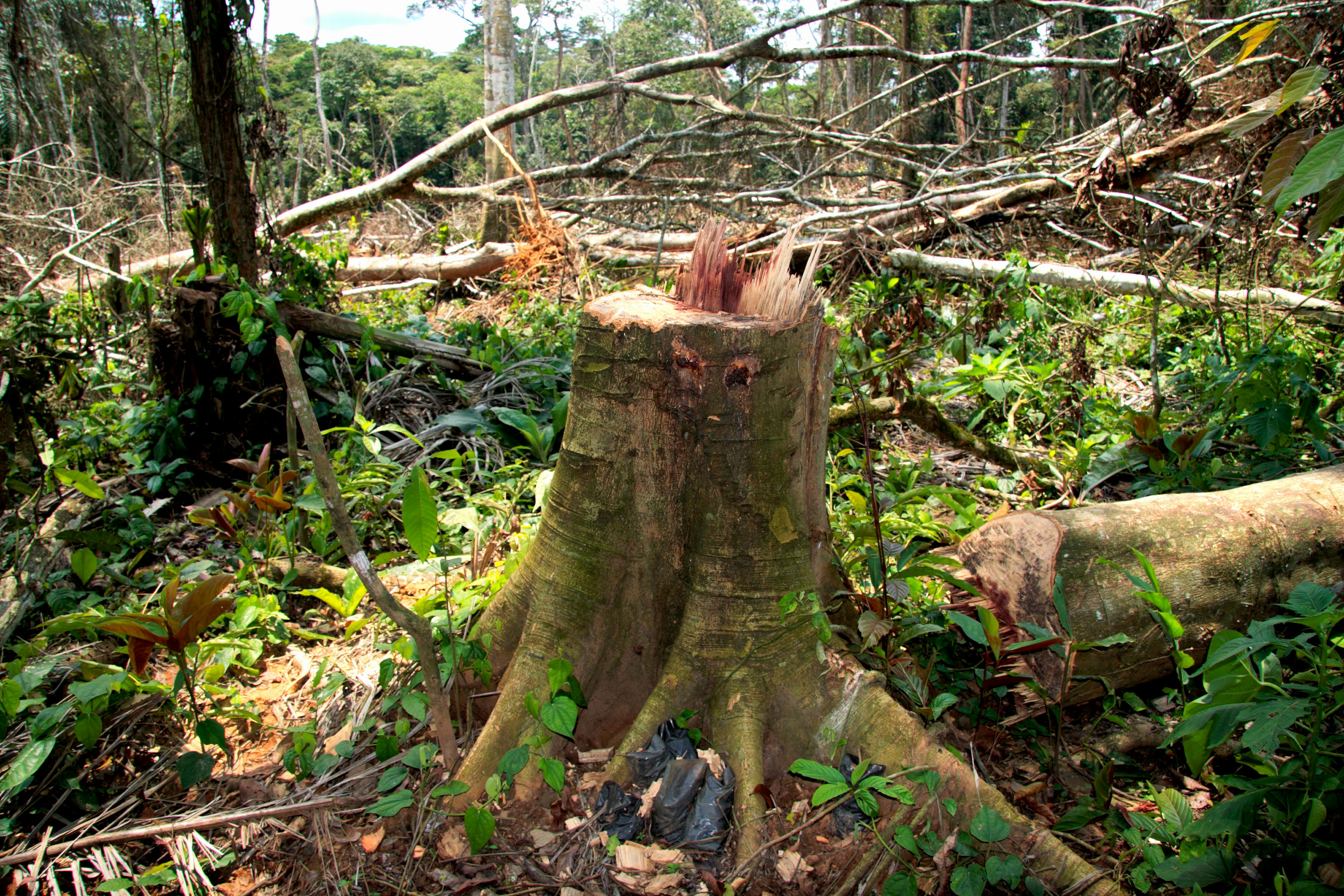
Up high in the trees of the African jungle, various sounds of colourful monkeys can be heard. These Diana monkeys are among Africa's loudest inhabitants, calling through the treetops to communicate with their peers. But extensive hunting and deforestation threaten to silence the rainforest. Rotterdam Zoo is therefore committed to preserving these endangered monkeys.
Cercopithecus diana

20 years
± 45 centimeters
♀ 42 – 45 centimeters
♂ 50 – 60 centimeters
♀ ± 3.9 kilograms
♂ ± 5.2 kilograms
The Diana monkey is a medium-sized species of monkey with colourful fur. The body is mostly covered in purple-grey hair, which turns to chestnut brown on the lower back. The cheeks, beard, forehead and the inside of the front legs are coloured white. Diana monkeys resemble the closely related Roloway monkeys, with one obvious difference: Roloway monkeys have a yellow spot on their hind legs and buttocks. In Diana monkeys, this spot is orange-red.
...the Diana monkey is named after the Roman goddess Diana? The white band on its forehead was reminiscent of the headband of this goddess, who, according to mythology, was protector of the forest.
Diana monkeys naturally occur in the far west of Africa, in Liberia, Côte d'Ivoire, Sierra Leone and Guinea. There, they live high in the trees of moist lowland rainforests, often near rivers. In cleared forests, they are almost absent.

Diana monkeys live in groups of up to about 20 animals. These groups usually consist of one dominant male, several females and their young. They often share their territory with other monkey species, such as colobus monkeys and other guenons. These monkeys do not have to compete with each other for food because they all eat just different plants or insects. In addition, they warn each other if a leopard or eagle is lurking by shouting alarm calls. This way, they effectively work together for survival!

Not for all predators Diana monkeys call out to warn each other. In fact, chimpanzees and humans detect Diana monkeys by their sound: an alarm call is not enough to escape these hunters. Hunting these monkeys for their meat is therefore one of the biggest threats to the Diana monkey. In addition, the habitat of these tree dwellers is shrinking due to deforestation to make room for mining and plantations. As a result, the number of Diana monkeys in the wild is decreasing.

Rotterdam Zoo supports West African Primate Conservation Action (WAPCA). This organisation is committed to protecting and conserving several monkey species in the African rainforest, including the Diana monkey. They engage local people in preventing illegal logging and hunting. They also create awareness about the importance of protecting nature for both people and animals. This way, we hope the number of Diana monkeys will start climbing again!
The Diana monkeys at Rotterdam Zoo have a complex climbing frame, where these tree-dwelling animals can get plenty of exercise. The indoor enclosure has heating and heat lamps to keep these tropical monkeys warm, even in winter. Rotterdam Zoo participates in the European Diana monkey population management programme to build up a healthy reserve population of these endangered monkeys in zoos.

